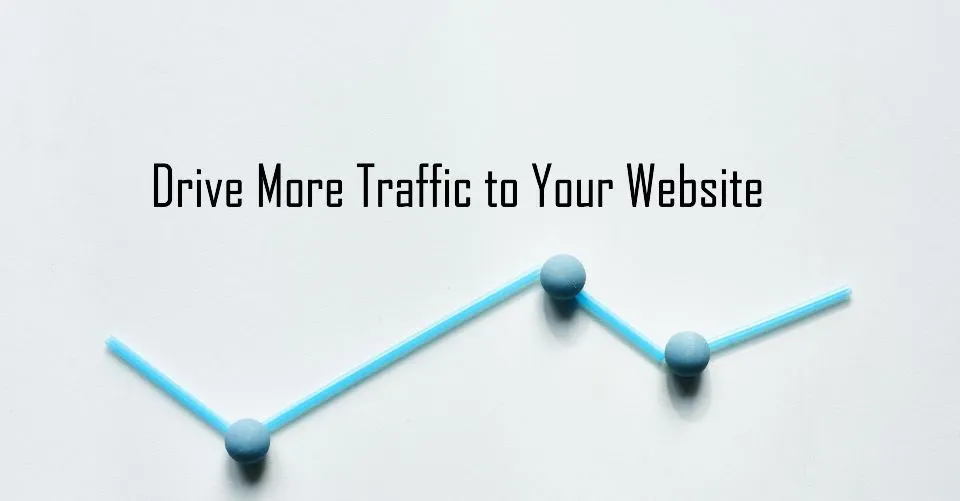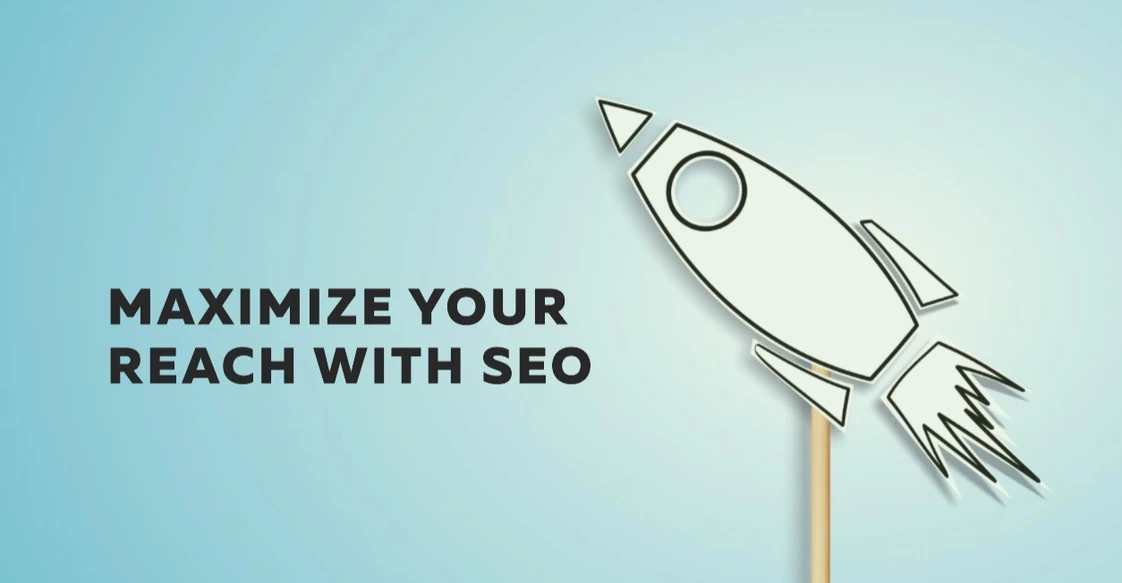“SEO is dead” said the self-proclaimed digital marketing guru who wants you to spend your hard-earned money on their chosen area of expertise.
The reality is SEO is far from dead, and having an all-singing and dancing online presence is just as important as it’s always been.
With that said, strategies change, and SEO is no different. In 2024, it doesn’t matter whether you’re an SEO agency, an in-house marketer or a solopreneur, keeping on top of the latest strategies and updates is essential to ensure customers find your business.
Here are 3 SEO strategies for creating a competitive online presence in 2024.
1. Use content marketing to target long-tail keywords
If you know anything about SEO, you’ll probably understand the importance of targeting keywords. Since the days SEO began, websites and marketing teams have ensured target keywords are mentioned throughout their websites.
If you’re selling suits, it’s good practice for the word ‘suits’ to be mentioned throughout your website. You might also choose to target ‘two-piece suits’, ‘three-piece suits’ and ‘tuxedos’ too.
But these aren’t the only search terms that will lead users to your suit website. You also need to consider long-tail keywords, or search terms that are made up of around five words and are usually a little more specific.
Often, long tail keywords are a question or involve a user searching for tips or advice. As a result, the type of content that best matches a user’s search intent for long-tail keywords is often not suited to a homepage or sales page. Instead, it requires an informative article or a ‘how to’ guide.
Imagine we’re still selling suits via our online store. As already mentioned, users will be searching using terms like suits and three-piece suits, but they also might be a bit earlier on in their purchasing journey. These users might be searching for answers to queries such as:
- How to measure for a suit
- How to tell if a suit is good quality
- What types of suits are in fashion this year?
These types of search terms can all be targeted via long-form, informative content such as an article or blog post which is one of the many reasons why many e-commerce sites have blog sections. This is a great way to rank for more search terms, increase brand awareness and often lead to users eventually completing a purchase.
2. On-page SEO
On-page SEO is another term that’s not new to the SEO space. But like everything in marketing, it is evolving. It now goes a little bit deeper than just keyword cramming, and black-hat on-page tactics are far less effective than they once were, with some even being detrimental to your site’s visibility.
Instead, follow these SEO tactics to enhance your on-page game.
Internal Linking
Internal links make your website more crawlable. Also, anchor text can give search engines an indication of what the linked-to page is about. Pages with more internal links, such as a homepage, help signal their importance to search engine algorithms too.
Keyword Rich URLs
It’s believed that adding keywords to your URL is only a minor factor taken into account by Google’s algorithm. However, it’s an easy way to keep your sites Google-friendly and helps users to understand what your page is about too.
Semantic SEO
Semantic SEO involves optimising web pages for the overall topic of the page, as opposed to just keywords. For example, a page about protein powder should mention the term ‘protein powder’ throughout but may also include mentions of things like muscle building, bulking and the benefits of a high-protein diet.
3. Design and Performance
When we talk about design, we’re talking about the look of a website. When discussing performance, we’re looking mainly at speed. Both can influence SEO.
Adding graphs, charts and other visuals to your web pages has a few benefits. First, they can be another source of backlinks if other sites want to use your engaging visuals.
A more aesthetically pleasing site is also more likely to hold users’ attention for longer. Increasing the time a user spends on your site or page and reducing bounce rate signals to Google that this is a useful, engaging site.
In terms of speed and performance, Google uses core web vitals to measure your site’s page experience. The are three core web vitals.
Largest Contentful Paint: LCP looks at how long it takes for the largest element on your page to load.
Interaction to Next Paint: INP is a measurement of how long it takes your page to respond to a user’s action.
Cumulative Layout Shift: CLS measures how much a page changes or shifts as it’s loading
The world of SEO obviously goes far deeper than this, and a well-rounded SEO strategy should focus on far more than just the techniques mentioned in this article. It’s also important to know that the best SEO practices are constantly changing, and you should always ensure you have some time set aside to stay on top of updates and algorithm changes.




